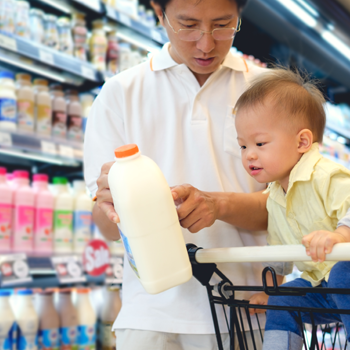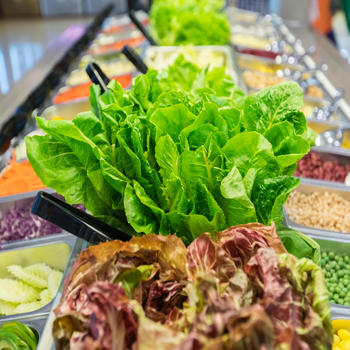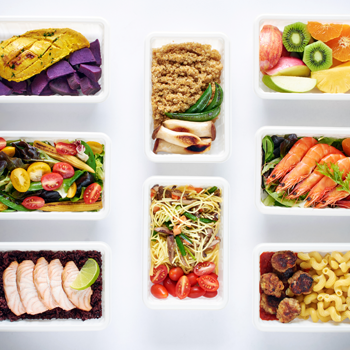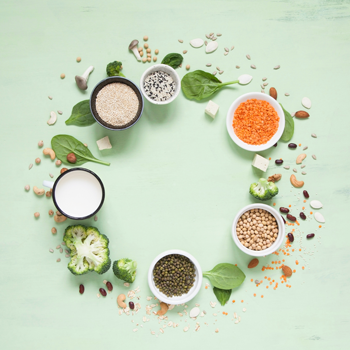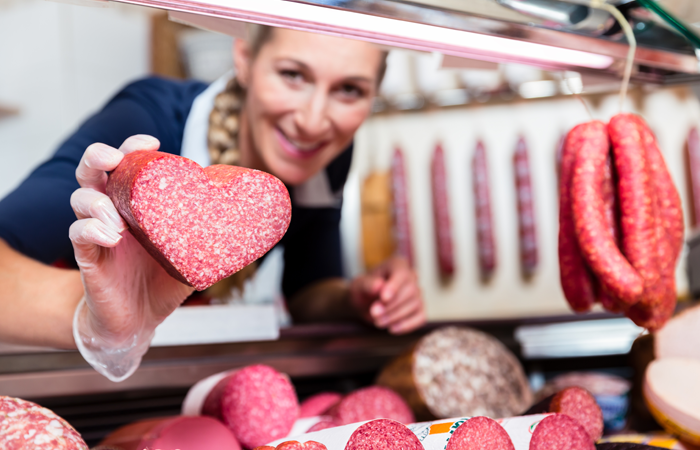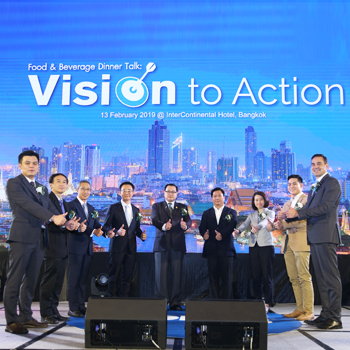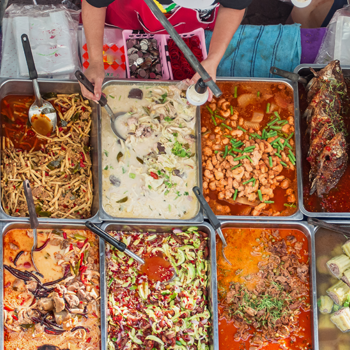สุขภาพดี… เริ่มต้นด้วยฉลาก
กัญญาณี แสงเกียรติยุทธ
ศูนย์ขับเคลื่อนมาตรฐานและนวัตกรรมเพื่อความยั่งยืน
บริษัท ห้องปฏิบัติการกลาง (ประเทศไทย) จำกัด
ผู้บริโภคส่วนใหญ่จะเลือกซื้อสินค้าและบริการจากยี่ห้อ (แบรนด์) โดยไม่สนใจที่จะอ่านฉลากเล็กๆ ที่ติดอยู่ที่ตัวผลิตภัณฑ์ (สินค้าและบริการ) หรือบรรจุภัณฑ์ ทำให้พลาดโอกาสในการรับข้อมูลอันเป็นประโยชน์ที่สามารถใช้ในการตัดสินใจเลือกซื้อสินค้าหรือบริการนั้นๆ
ฉลากที่ติดบนตัวผลิตภัณฑ์หรือบรรจุภัณฑ์ ส่วนมากจะสื่อสารให้ผู้บริโภคทราบข้อมูลด้านสิ่งแวดล้อมและโภชนาการ โดยการติดฉลากด้านสิ่งแวดล้อมจะมีหลักเกณฑ์ตาม ISO 14020 ซึ่งจะกำหนดหลักการพื้นฐานเกี่ยวกับการพัฒนาและการใช้ฉลากสิ่งแวดล้อม ผู้ผลิตอาจติดฉลากสิ่งแวดล้อมเองหรืออาจให้หน่วยงานกลางอื่นรับรองก่อนติดฉลากเพื่อเพิ่มความมั่นใจว่า สินค้าและบริการนั้นๆ มีความเป็นมิตรกับสิ่งแวดล้อมอย่างแท้จริง ตัวอย่างข้อมูลที่ติดบนฉลากหรืออาจแสดงเป็นสัญลักษณ์ที่พบเจอบ่อยๆ เช่น สามารถย่อยสลายได้ มีอายุการใช้งานที่ยาวนาน สามารถแปรสภาพใช้ใหม่ได้ (Recyclable) ลดการใช้น้ำ (Reduced Water Consumption) เป็นมิตรกับสิ่งแวดล้อม (Eco Friendly) ผลิตจากสารธรรมชาติ ฯลฯ
ฉลากโภชนาการเป็นอีกฉลากหนึ่งที่มีความสำคัญต่อผู้บริโภค การอ่านข้อมูลบนฉลากโภชนาการจะช่วยให้ผู้บริโภคสามารถเลือกรับประทานอาหารที่เหมาะสมตรงตามภาวะโภชนาการ สามารถเปรียบเทียบเพื่อเลือกซื้อผลิตภัณฑ์อาหารยี่ห้อที่ให้ประโยชน์ต่อผู้บริโภคมากที่สุด การระบุรายละเอียดของชนิดและปริมาณสารอาหารที่มีในอาหารจะต้องระบุตามรูปแบบเงื่อนไขที่กำหนดโดยประกาศกระทรวงสาธารณสุข การปลอมแปลงฉลากโภชนาการถือเป็นความผิดตามกฎหมาย
Most consumers will choose to buy products and services from brands without interested in reading small labels attached on the product (products and services) or packaging; hence, they miss the opportunity to get useful information that can be used for making a decision to buy each product or service.
Most label on the product or packaging communicate to consumers about environmental and nutritional information. Environmental label will be in accordance to ISO 14020 standard, which will define the basic principles for the development and use of environmental labels. Manufacturers may label their own environment label or may use other international certification before labeling to increase trust on those products and services that they are truly environmentally friendly. Samples of information posted on the label or may be displayed as a common symbol are such as ‘can be decomposed’, ‘have long shelf lives’, ‘recyclable’, ‘reduced water consumption’, ‘eco-friendly, made from natural substances, etc.
Nutrition labels are another label that is important to consumers. Reading information on nutrition label will help consumers choose the right diet according to nutritional status, and be able to compare to buy a brand that create highest benefit for consumers. Specifying details of the type and amount of nutrients contained in the food must be specified according to the regulations of the Ministry of Public Health. Counterfeiting of nutrition labels is illegal.
